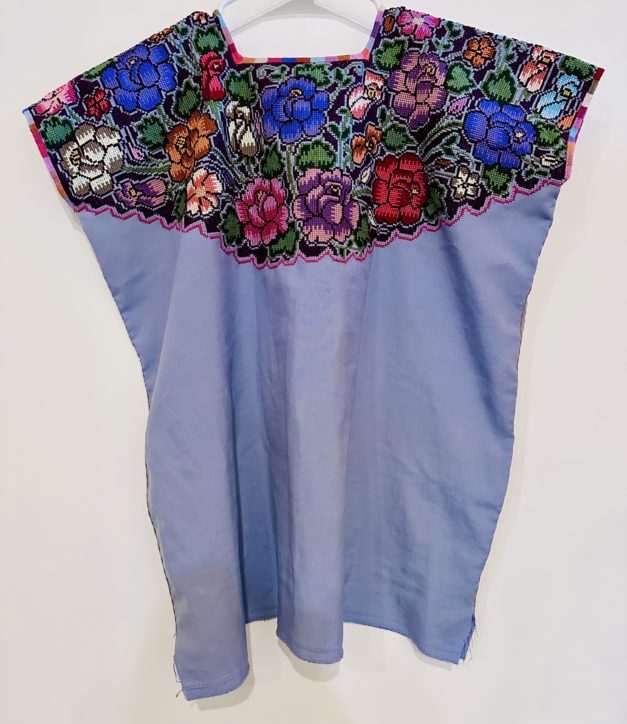Mother’s Day, started by social activist Anna Jarvis in the early 20th century to honor her own mother, has now become the second most popular holiday in the United States for gift-giving, following Christmas. Groups of mothers whose sons had fought or died on opposite sides of the American Civil War were involved in the early development of the holiday. Jarvis’ mother was a peace activist who wanted to improve the lives of other mothers. In 1914, President Woodrow Wilson officially made Mother’s Day a national holiday. In 1918, the fledgling Florists Telegraph Delivery group (FTD) began promoting Say it With Flowers, for their Mother’s Day Campaign. They could not keep white carnations, the official Mother’s Day flower, in stock. Hallmark began creating and producing Mother’s Day cards in the early 1920’s. Gift-giving became a central part of Mother’s Day, too, since its inception.
Mother’s Day is always the second Sunday in May. We have clothing, home goods, jewelry, and rugs in the shop to tickle any mother’s fancy. In fact, you don’t have to be a mother to participate in this celebration. All women deserve to be recognized for our accomplishments and attributes, whether we are married, single, with or without children, or who use another pronoun to distinguish themselves!
We will get anything you choose into the mail ASAP. Just say to your favorite recipient: We are gifting you with something special from Oaxaca Cultural Navigator and it will be arriving soon! And, remember, use your credit card or PayPal — no fees to you when you purchase from the shop.
www.shop.oaxacaculture.com
Just listed, French knot blouses made by Francisca in Amatenango del Valle, Chiapas. Every stitch is impeccably made by hand — there is not one bit of machine stitching in this garment!








Below is an exceptional, rare huipil from Pueblo Mixteco de la Costa. It is difficult to find a back-strap loom woven garment in this village now. It is discontinuous weft, also known as supplementary weft or pick-up weaving. The base cloth is cotton and the intricate designs are woven with synthetic thread.









































































